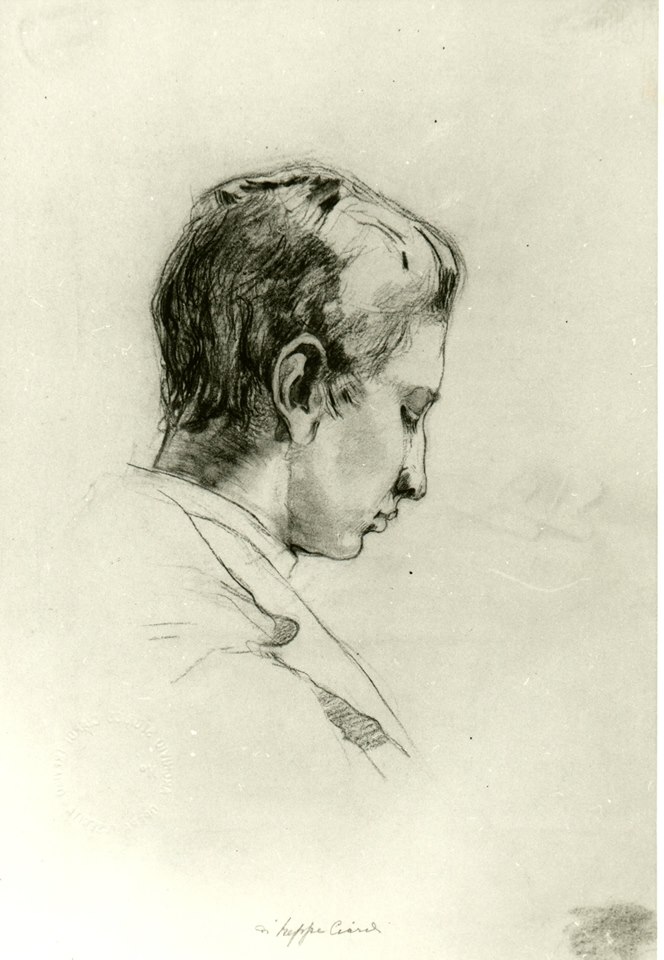French painter Achille Laugé (1861-1944) was an Neo-Impressionist painter born in Arzens.
In 1882, he began his studies at the École Nationale Supérieure des Beaux-Arts under the direction of French artists Alexandre Cabanel (1823-1889) and Jean-Paul Laurens (1838-1921).
In Paris, he met artist Aristide Maillol (French painter, 1861-1944), with whom he shared a studio and maintained a life-long exchange and friendship.











